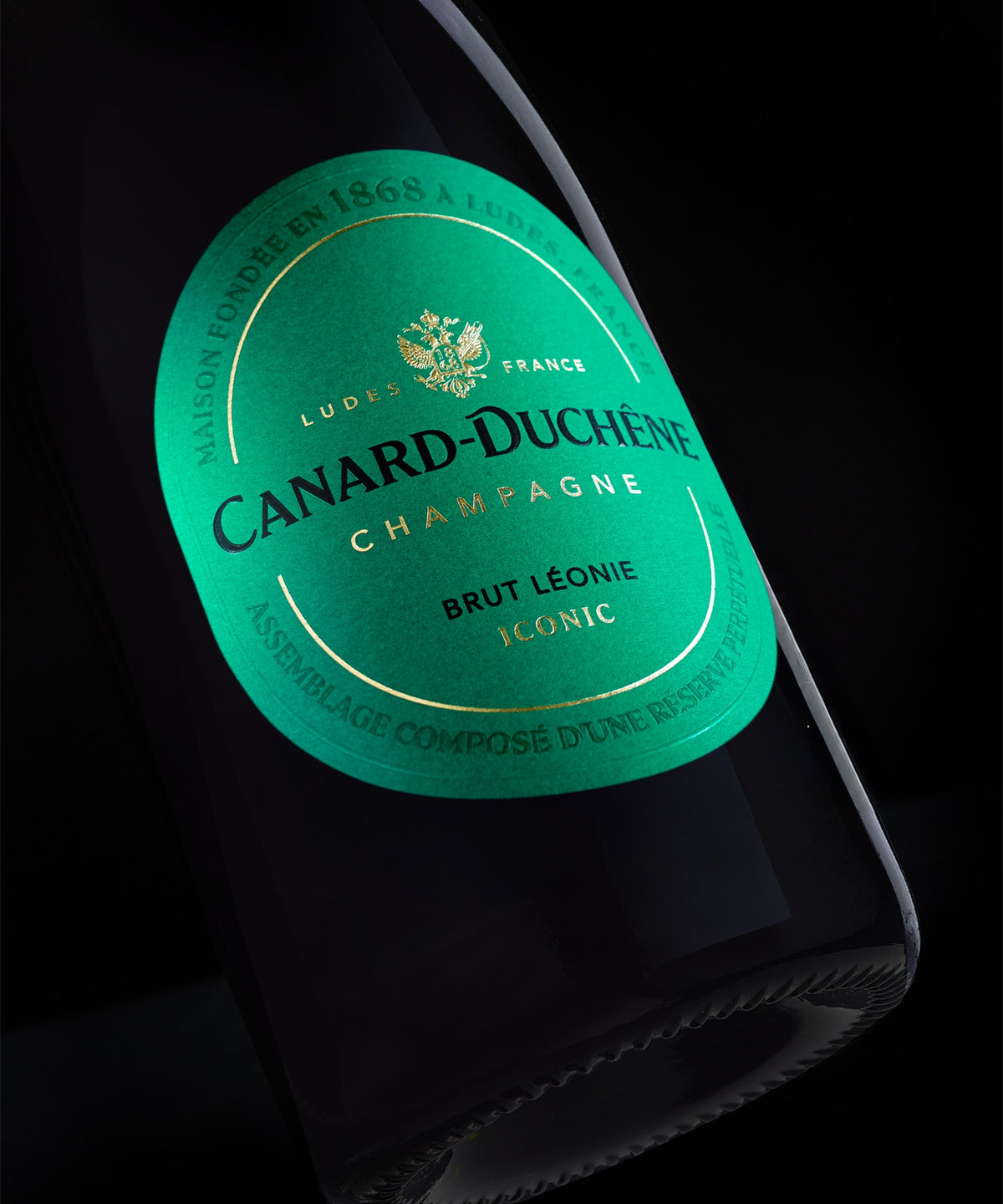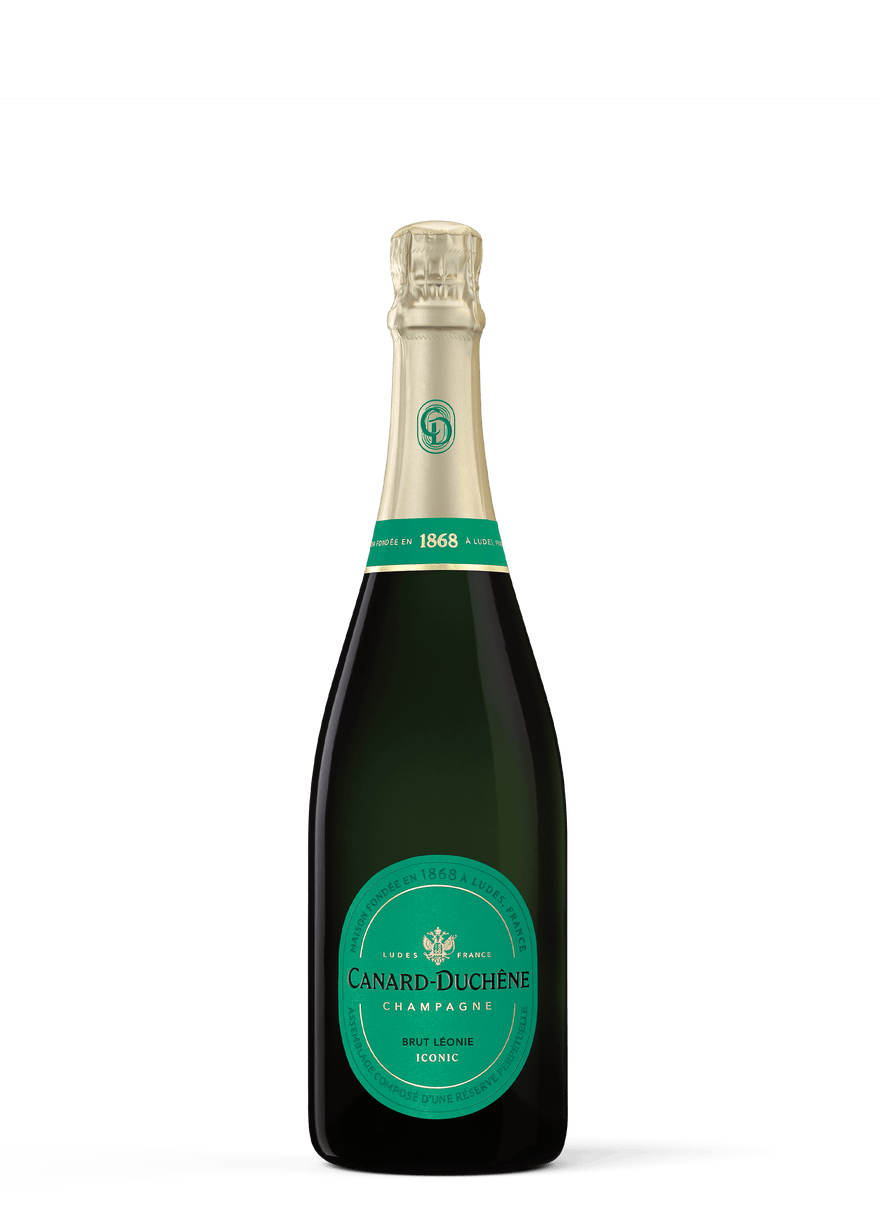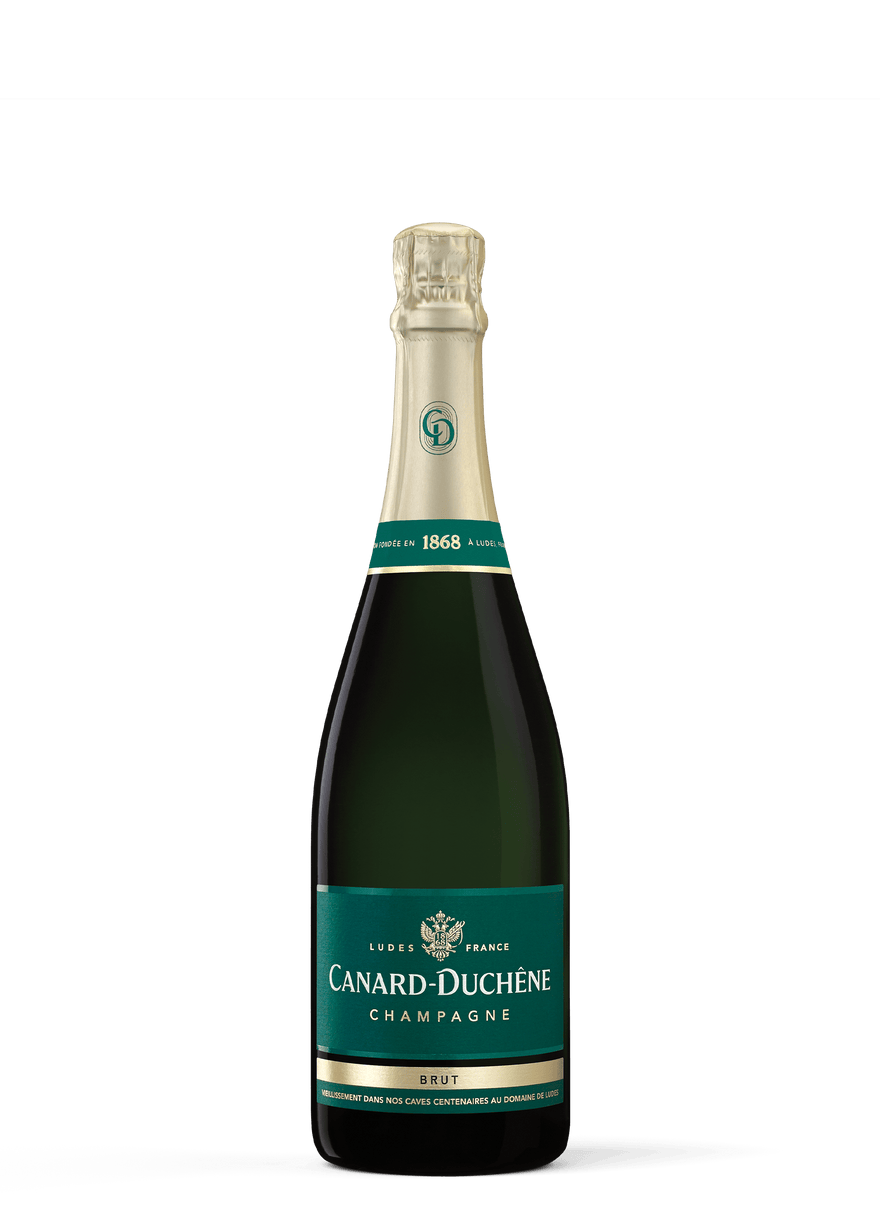It is one of the most popular categories of champagne worldwide. Loved for its perfect balance between freshness and aromatic complexity, it appeals to both enthusiasts and seasoned connoisseurs. But what makes it so special? Why is it so versatile when it comes to food pairings? Discover everything you need to know about it, its unique characteristics, ideal food pairings, and how to choose the best one.
What is Brut Champagne?
Definition and Key Features
In Champagne, the term "Brut" refers to the residual sugar level added at the final stage of winemaking, known as dosage. This sugar, called "liqueur de dosage," balances the wine’s natural acidity while enhancing its subtle aromas.
What is the dosage for a Brut Champagne?
Experts classify a champagne as Brut when it contains between 6 and 12 grams of sugar per liter. This low dosage helps maintain the wine’s natural freshness while showcasing the grape variety's flavors. Thanks to this balance, many people recognize Brut Champagne for its lively yet well-rounded profile, which offers a rich aromatic palette.
At Canard-Duchêne, our Cellar Master ensures that most of our cuvées, which are Brut Champagnes with a dosage below 7 g/L, fully express the natural aromas of our expertlycrafted blends.
Brut vs. Extra-Brut Champagne: What’s the Difference?
- Brut Champagne: Dosage between 6 and 12 g/L, offering a perfect balance between acidity and roundness.
- Extra-Brut Champagne: Dosage below 6 g/L, emphasizing the wine's aromatic complexity and natural structure.
Brut vs.Demi-Sec Champagne: What’s the Difference?
- Brut Champagne: 6 to 12 g/L of sugar, dry and well-balanced.
- Demi-Sec Champagne: 32 to 50 g/L of sugar, sweeter and ideal for desserts.
Why Choose Brut Champagne?
- Versatile for Any Occasion
Brut Champagne is highly versatile, making it an excellent choice for various occasions and food pairings. It is perfect as an aperitif, but also pairs beautifully with seafood, fish, and even white meats. Its fresh and well-balanced profile makes it a top pick for meals and celebrations.
- A Favorite Among Wine Lovers
With its low sugar content, it allows the grape varieties (Chardonnay, Pinot Noir, Meunier) to shine while reflecting the authenticity of the Champagne terroir. Its balance of freshness and complexity makes it a preferred choice for both beginners and seasoned wine enthusiasts.
- Aging Potential and Longevity
A high-quality Brut Champagne can age in the cellar for several years. Over time, its aromas evolve into more complex notes such as dried fruits, honey, and toasted bread, offering a unique tasting experience.
How to Choose the Best Brut Champagne?
To select the ideal Brut Champagne, consider the following:
Grape Composition:
- A Chardonnay-dominant blend (Blanc de Blancs) will be fresher and more mineral.
- A blend with more Pinot Noir or Meunier (Blanc de Noirs) will be more structured and fruity.
Vintage vs. Non-Vintage:
- Non-vintage Brut offers consistency and the house's signature style.
- Vintage Brut comes from a single exceptional year, providing a unique character.
House Style:
- Each Champagne house has its own distinct style. At Canard-Duchêne, we craft our Brut Champagnes with a focus on freshness, fruitiness, and perfect balance.
Brut Champagne & Food Pairings: What to Serve It With?
Thanks to its vibrant freshness and refined aromas, it pairs beautifully with a wide range of dishes. Here are some ideal pairings:
- Seafood & Shellfish: Oysters, shrimp, and scallop carpaccio.
- Fish: Smoked salmon, sushi, ceviche.
- White Meats: Roast chicken, veal fillet.
- Cheese: Aged Parmesan, Comté, Brie de Meaux.
- Spicy Dishes: Asian cuisine (sushi, sashimi), lightly spiced dishes.
- Fine Charcuterie: Parma ham, high-quality dry sausage.
FAQ: Everything You Need to Know About Brut Champagne
Can Brut Champagne be stored for a long time?
You can enjoy Non-Vintage Brut (NV) upon release, but you can store it for 2 to 3 years (sometimes up to 5 years) in a dark, temperature-controlled environment (10-15°C).
Vintage Brut has a higher aging potential and can develop even more complexity over 10 years or more.
Serving Tips: How to Enjoy Brut Champagne at Its Best
For the ultimate tasting experience, serve Brut Champagne at 8 to 10°C (46-50°F). Use large flutes or wine glasses to allow the aromas to fully develop.
Conclusion: The Timeless Elegance of Brut Champagne
Brut Champagne remains a must-have for sparkling wine enthusiasts. Its low sugar content, combined with its freshness and refined complexity, makes it a versatile choice for various food pairings and celebrations.
To select the best Brut Champagne, consider its blend, vintage, and personal aroma preferences. Whether for a special occasion, a fine dining experience, or simply for the pleasure of tasting, Brut Champagne is a timeless classic.









